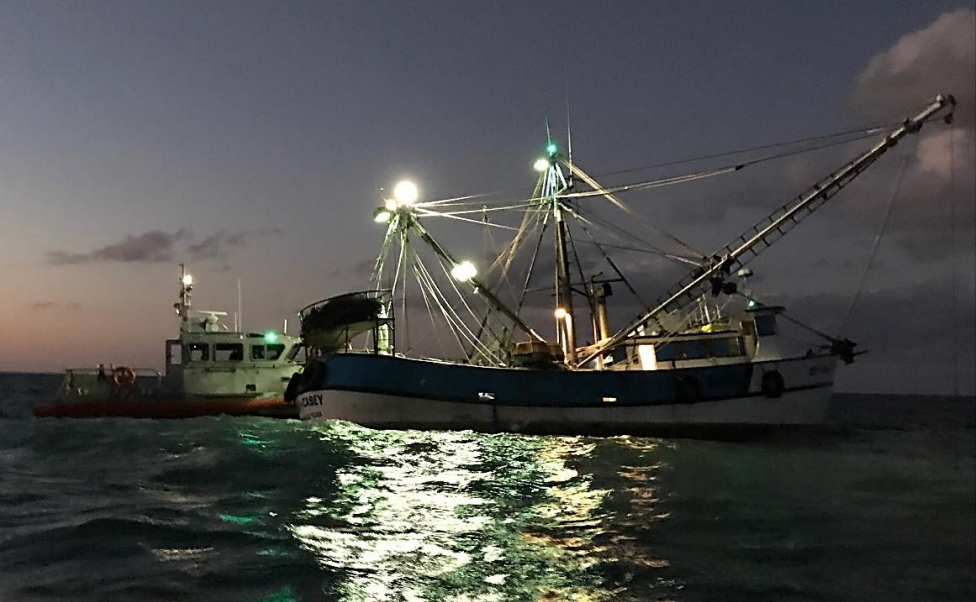Imagine this: You are the operator of an offshore fishing vessel. You make repairs on an as-needed basis. If there’s an issue on one fishing trip, the boat doesn’t make the next trip until the problem is taken care of. Your boat is hauled every three or four years to deal with any issues with the hull and the machinery.
That’s how the owner of the 69-foot shrimp trawler Ben & Casey out of Brownsville, Texas, managed his boat — but it still wasn’t enough.
On Oct. 30, 2017, at about 6 p.m., the 39-year-old, steel-hulled Ben & Casey was about six miles offshore, heading to its fishing grounds when the crew heard a loud noise below deck, immediately followed by the 402-hp Caterpillar’s rpms accelerating from 1,400 to 1,800. Then the Ben & Casey lost its propulsion thrust, and the high-water alarm went off.
The captain and one of the crew went into the engine room and freezer hold, and found 6 inches of water above the deck. Lifting the shaftway floor panels, they saw water coming in near the shaft packing seal. The bilge pumps were no match for the incoming water, and Coast Guard supplied pumps wouldn't work. Eventually the Ben & Casey listed to port and at sank at 10:15 p.m.
The propeller shaft was the culprit.
“The loss of propulsion and the immediate increase in engine rpm reported by the captain just after the crew heard the loud noise suggest that the propeller shaft on the Ben & Casey sheared,” reads the National Transportation Safety Board’s marine accident brief.
It comes down to being able to recognize metal fatigue in a propeller shaft. A visual inspection isn’t foolproof (in 2014 the shaft had been removed and visually inspected), which is why the NTSB’s report on the incident recommends vessel owners “consider the use of periodic non-destructive testing as a tool to identify metal fatigue.”
The cause of the Ben & Casey’s sinking is strikingly similar to what happened to the Lady Gertrude on Aug. 15, 2016.
The 65-foot scalloper out of Toms River, N.J., sank 40 miles off Point Pleasant, N.J., after its propeller shaft fractured forward of the stern tube stuffing box, causing uncontrollable flooding in the fish hold followed by flooding of the engine room and lazarette through non-watertight bulkheads. A year before the Lady Gertrude sank, the propeller shaft had been pulled, straightened and a portion of the shaft filled where it was worn.







